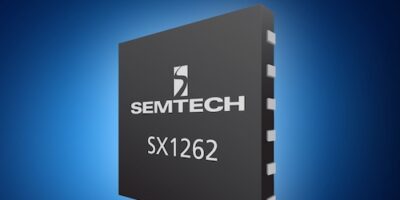Two power management ICs (PMICs) from Maxim Integrated provide power management for deep-learning SoCs, FPGAs and multimedia application processors. The MAX77714 and MAX77752 can help mobile systems designers to maximise performance per watt while increasing system efficiency, says the company.
The MAX77714 and MAX77752 address a spectrum of applications ranging from augmented reality/virtual reality (AR/VR), gaming, solid-state drives (SSDs), security and industrial internet of things (IIoT) to handheld devices such as cameras and home automation hubs. They have been developed with architecture that consumes 40 per cent less power than standard solutions, claims Maxim, to extend battery life and to provide a compact form factor.
The move towards higher performance application processors is increasing computational power in consumer electronics and mobile devices, which is at odds with user expectations that battery-operated, always-on electronics run cool and for long periods of time. Designers are faced with the challenge of reducing board space and component cost, while delivering high efficiency, high horsepower and flexible power sequencing.
The MAX77714 PMIC enables multi-core processor-based systems to operate at maximum performance with greater than 90 per cent efficiency at 3.6V in, 1.1V out. The 70-bump, 4.1 x 3.25 x 0.7mm WLP enables thinner, smaller devices and extends battery life up to 40 per cent compared to standaone solutions, claims Maxim. In addition, it reduces design cycle time, component count, and bill of material (BoM) costs compared to discrete solutions by integrating 13 regulators, including nine low-dropout linear regulators, real-time clock (RTC), back-up battery charger, watchdog timer, flexible power sequencing and eight general purpose input/outputs (GPIOs), adds the company.
The MAX77752 is a multi-channel PMIC designed for applications with multiple power rails and hot-plugging capabilities. It improves efficiency up to 90 per cent at 3.6Vin, 1.8V out for longer battery life and includes a flexible power sequencer (FPS) to allow hardware- or software-controlled power up. It reduces design cycle time, component count and BoM costs by integrating three buck regulators (with high-accuracy brown-out comparators), one low-dropout linear regulator, two dedicated load switch controllers, one in-rush current limiter, two external regulators to enable outputs, voltage monitor for back-up power control and a dedicated digital output resource for logic control. The MAX77752 comes in a compact 40-pin, 5.0 x 5.0 x 0.8mm, 0.4mm-pitch TQFN package.







